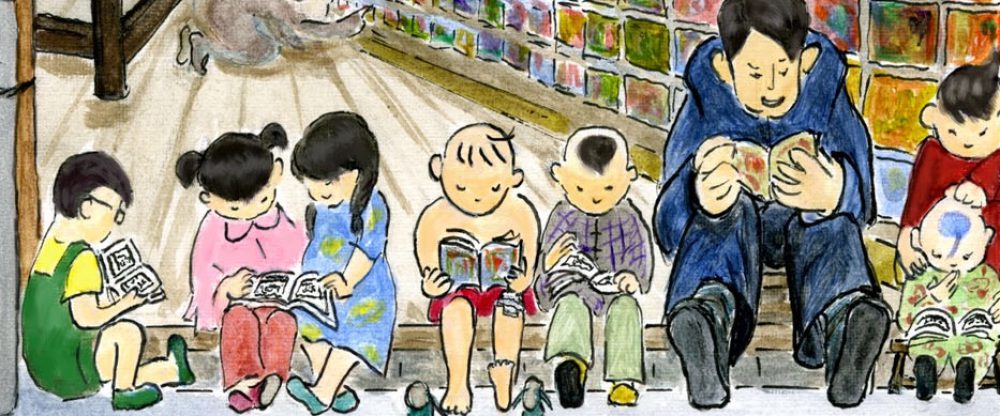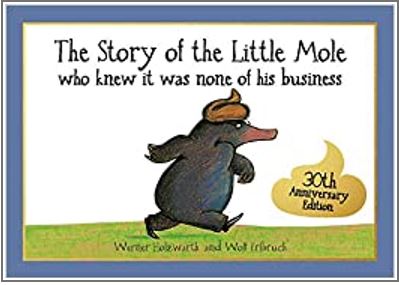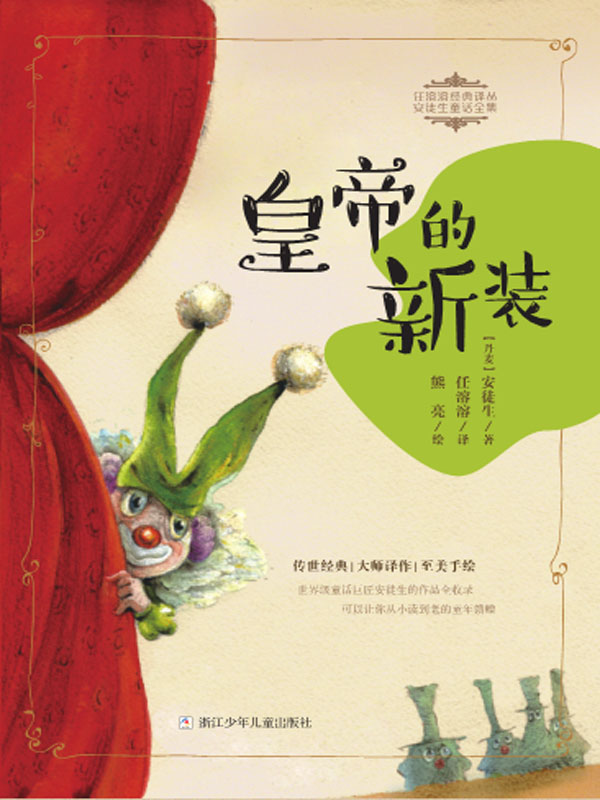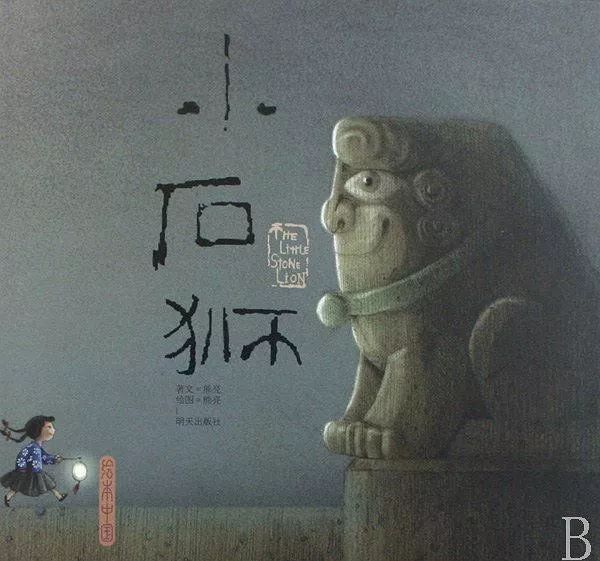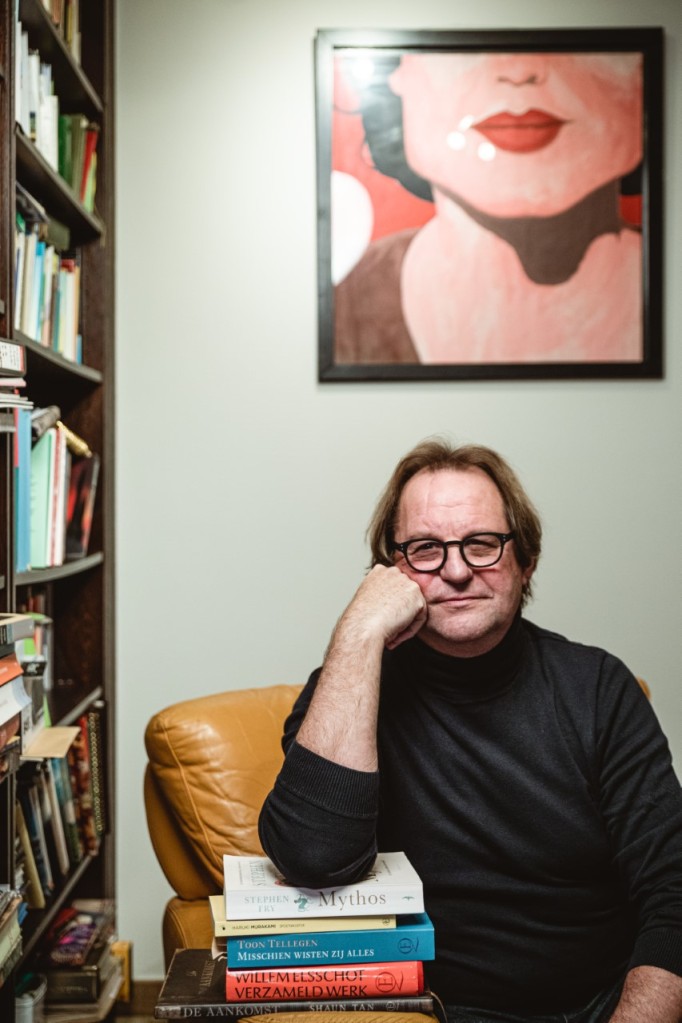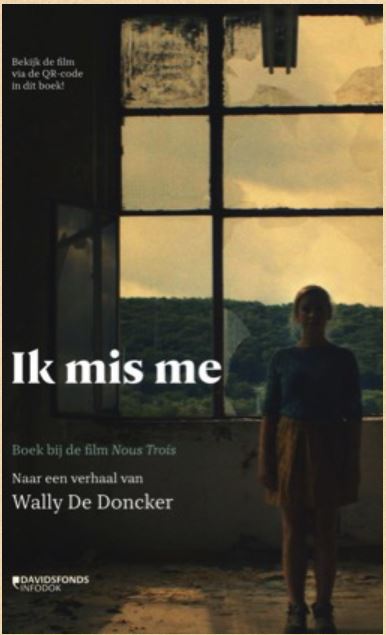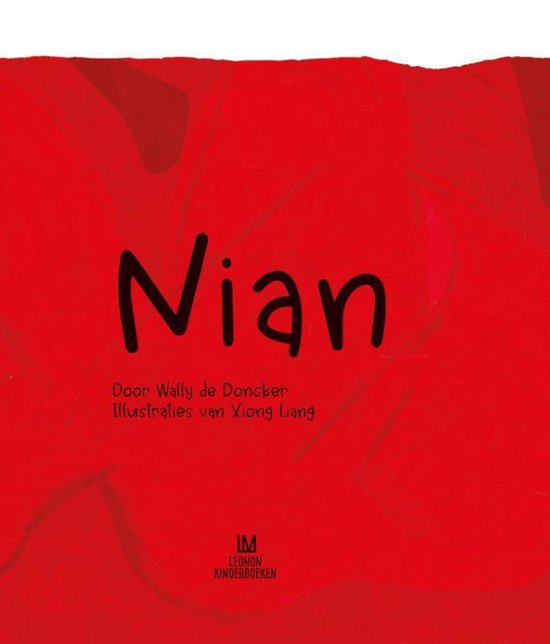Stephanie Gou has written two reviews for us before, about Cao Wenxuan’s Bronze and Sunflower, and Dragonfly Eyes. She also runs The Lit-Up Mandarin Book Group (小桔灯云书房) for families of Chinese communities in the UK. She told us about a Chinese picture book that had all the children giggling from first page to last, including those who know only a few words in Mandarin. We asked her to tell us about her book club and about this hilarious picture book. [We love that the name of the book club refers to Bing Xin’s 冰心 famous story, The Little Orange Lantern, and to lighting up the children’s interest!]
Stephanie, please tell us about the Lit-Up Mandarin Book Group
The Lit-Up Mandarin Book Club is a COVID-19 Pandemic Lockdown “legacy”. It was set up in September 2020 to connect book-loving individuals/communities in the UK, support Chinese-English bilingual families and empower children and young adults who enjoy exploring the world via books. We meet up via zoom every week to share stories live. During the weekdays of the week-long half-term holiday and school lockdown, we ran a few workshops for EYFS and KS2 children respectively. We believe in child-led learning and there are interactive opportunities for children to discuss the story in both anguages. We have shared about 90 books so far, most of which are recommended and selected by the children. Our events are free and open to everyone, although we have some strict rules for e-safety and copyright protection. First, video/audio recordings in any format are prohibited. We request that all participants keep their cameras on – if a child feels shy, they can position their camera to show part of their face without having to make eye contact. This is especially important for us, the story-telling mums, as it allows us to observe if the children are fully engaged or not, and where we can improve in the future. We also limit participants to a reasonable number for the same reason.
Community involvement and a round-table approach (rather than a pyramid) is another key value we promote. We have a rota within the regular members, so that everyone can have a go. We started with grown-ups telling the stories, and the children (aged 5-9) joined in gradually. This approach distinguishes us from the traditional weekend Chinese schools. We share interesting Chinese picture books for enjoyment and friendship rather than learning in an adult-led environment.

What’s the story in this picture book?
“I beat the nightmare monsters with 32 farts is about a young boy who has the same nightmare night after night. He’s scared, but also embarrassed to keep asking if he can sleep in his Mum’s bed, so he decides it’s time to tackle the situation and beat the monsters. His methods are ingenious and hilarious: he wears his trainers in bed, so as to run faster in his dreams. He takes a torch to bed, to scare the monsters with bright lights. He takes a horrible smelling durian to bed, to use as a stink bomb to scare away the monsters. Finally, he beats the nightmare monster with 32 farts. The book is filled with brightly coloured monsters chasing or being chased. There are all kinds of silly, funny things that make eight-year-olds roll about giggling.
If you can manage to stop laughing, you might detect a reassuring message about tackling something you’re scared of. You might have to try a few different approaches, which might not work out as you imagine, but if you keep going and don’t give up, you never know what might happen!
Is farting a big thing in Chinese picture books?
Not at all! This is the first homegrown picture book that breaks the taboo of toilet humour. Although pre-schoolers tend to find anything to do with bottoms, poo, farting and toilets humorous, toilet humour was shunned (pooh-poohed!) in traditional society, where a Confucian upbringing focused on appropriate behaviour from an early age. “Look not at what is contrary to propriety; listen not to what is contrary to propriety; speak not what is contrary to propriety; make no movement which is contrary to propriety.” (The Analects of Confucius)
More recently, though, new parents born in the 1970s and 1980s, who had a better education than their parents, sought to educate themselves about parenting, and read up on parenting-related subjects, such as psychology, and learned, for example, about Freud’s 5 stages of psychosexual development, which explains why children find toilet humour so fascinating.
That made it more acceptable for parents to buy picture books on this topic. At first, they bought foreign picture books translated into Chinese. An early favourite was The Little Mole Who Knew it Was None of His Business, a funny book with facts about animal poo, that met the needs of Chinese parents – it was international, translated from another language, with educational content – and it met the children’s need for enjoyment.
However, few Chinese writers attempted to engage with toilet humour – perhaps they didn’t want to, or didn’t know how to. On 1 April 2019, Peng Yi broke the mould, and published his book “I beat the nightmare monsters with 32 farts”.

In addition to breaking the taboo on toilet humour, this book made another breakthrough – that of entertainment over education. In China, education is a priority, and formal education has always been rather didactic – typically, the teacher or senior person teaches, and the learner listens and learns. But in this book the silliness comes to the fore, and the message is in the background. When adults read this book with a child, they cannot expect the child to learn very much. They must listen with great patience, just as they have to listen to all the imaginary stories made up by children in this age.
Do you think it was daring of the publisher to go ahead with this book?
Jieli Publishing House tested it before they published it! They invited a group of pre-schoolers to take part in a survey called What Scares Children? As a result, the 32 nightmare monsters are distorted versions of familiar objects in children’s daily life: for example, a hairy spider, a nasty rat, a loud thunder, a mirror, granny’s false teeth, an alarm clock, and a toothbrush with strong-flavoured toothpaste.

Grown-ups might not understand the humour in this book, but children certainly do. Primary-school age readers in the Lit-up Mandarin Book Club LOVE it. Even those who don’t understand very much Mandarin giggle from the first page to the last. The publisher was clever to get exactly the right silliness for the target audience!
What has been the response to this book in China?
It’s been astonishing! A funny story loved by children doesn’t guarantee sales in China. Most books are purchased by grown-ups as gifts for children, because most bookstores, particularly in small towns, don’t normally welcome young readers to sit down and read. And, children’s libraries are not easy to access due to location, restricted opening hours and stock availability. However, there is a demand for high-quality picture books, which is met through commercial reading clubs, or subscription libraries, catering for child readers.
This is how “I beat the nightmare monsters with 32 farts” became so popular in China. A successful marketing strategy in 2019 resulted in more than 60,000 copies being sold. A week prior to the book launch, it was made available to buyers through the e-commerce company YourBay Growth Club, and 20,000 copies were sold that week! The audio version, available from the YourBay Picture Book Reading Club for one week, was downloaded more than 130,000 times. To date, sales have reached 110,000 copies, a record-breaking number for a homegrown picture book for pre-schoolers in China. Jieli’s experience with “I beat the nightmare monsters with 32 farts” provides a good business model for those seeking to enter the market.
On a personal level, I hope that parents who laugh together with their children when reading this book can learn to appreciate that reading is not just for education, but also for pleasure. I would love to translate this book into English!
You can follow or contact Stephanie:
- through her blog – www.stephaniegou.uk
- on Twitter – @Stephanieyaogou
- on Wechat – StephanieYaoGou
